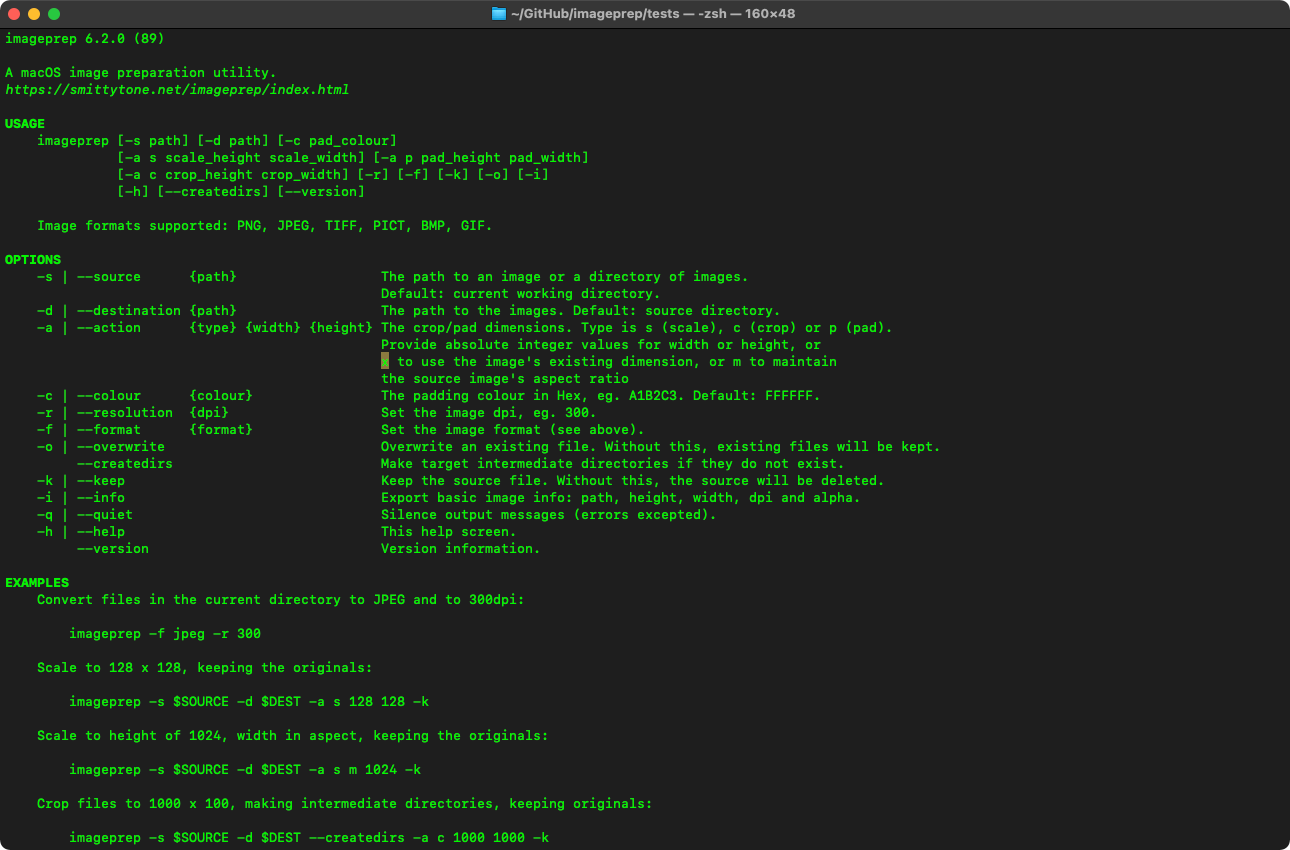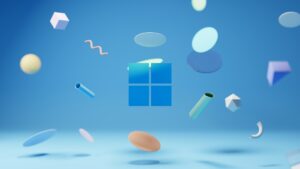Mastering macOS Engineering Applications with Swift: A Comprehensive Guide

Introduction: Swift has emerged as a powerful and versatile programming language for macOS development, offering developers the tools and capabilities to create sophisticated engineering applications for a wide range of purposes. From data analysis and visualization to simulation and modeling, Swift provides a robust foundation for building macOS applications that cater to the needs of engineers across various domains. In this comprehensive guide, we will explore the principles, techniques, methodologies, and best practices of programming in Swift for macOS engineering applications, empowering developers to harness the full potential of the platform and create innovative solutions for engineering challenges.
Section 1: Introduction to Swift for macOS Development
1.1 Overview of Swift Programming Language: Swift is a modern, safe, and expressive programming language developed by Apple for building macOS, iOS, watchOS, and tvOS applications. It combines the power of low-level programming with the simplicity of high-level scripting, making it an ideal choice for developing engineering applications that require performance, efficiency, and reliability.
1.2 macOS Development Environment: Familiarize yourself with the macOS development environment, including Xcode, Apple’s integrated development environment (IDE) for macOS and iOS development. Learn how to set up Xcode, create new projects, navigate the Xcode interface, and manage project assets, resources, and dependencies for Swift development on macOS.
Section 2: Swift Programming Fundamentals
2.1 Swift Syntax and Language Features: Understand the basic syntax and language features of Swift, including variables, constants, data types, operators, control flow statements, and functions. Learn how to write clean, concise, and expressive Swift code that adheres to best practices and conventions for macOS development.
2.2 Object-Oriented Programming (OOP) Concepts: Explore object-oriented programming (OOP) concepts in Swift, including classes, inheritance, polymorphism, encapsulation, and abstraction. Master the principles of OOP design and apply them to create modular, reusable, and maintainable code structures for engineering applications on macOS.
2.3 Error Handling and Exception Handling: Handle errors and exceptions gracefully in Swift using error handling mechanisms, including try-catch blocks, do-try-catch statements, and error propagation. Implement robust error handling strategies to detect, handle, and recover from runtime errors, exceptions, and unexpected conditions in macOS engineering applications.
2.4 Concurrency and Multithreading: Leverage concurrency and multithreading techniques in Swift to design responsive, scalable, and efficient macOS applications that can perform multiple tasks concurrently. Explore Grand Central Dispatch (GCD), Swift concurrency features, and asynchronous programming patterns to manage concurrent tasks, coordinate threads, and avoid race conditions in engineering applications.
Section 3: macOS Engineering Application Development
3.1 Data Processing and Analysis: Use Swift to process, analyze, and visualize engineering data, including numerical data, sensor data, and simulation results. Implement data processing algorithms, statistical analysis methods, and visualization techniques to derive insights, trends, and patterns from raw data and present them in interactive charts, graphs, and plots.
3.2 Graphical User Interface (GUI) Design: Design intuitive and user-friendly graphical user interfaces (GUIs) for macOS engineering applications using Swift and Interface Builder. Create custom views, controls, and layouts to present engineering data, settings, and controls in a visually appealing and ergonomic manner that enhances user experience and productivity.
3.3 File I/O and Data Persistence: Implement file I/O operations and data persistence mechanisms in Swift to read and write engineering data to local files, databases, or cloud storage services. Use Swift’s file management APIs, Core Data framework, and third-party libraries to manage data storage, retrieval, and synchronization in macOS engineering applications.
3.4 Integration with External Libraries and Frameworks: Extend the capabilities of macOS engineering applications by integrating with external libraries, frameworks, and APIs written in Swift or other programming languages. Leverage open-source libraries, CocoaPods, Carthage, or Swift Package Manager (SPM) to incorporate advanced features, algorithms, or tools into your Swift projects for enhanced functionality and performance.
Section 4: Best Practices for Swift Development on macOS
4.1 Modular Architecture and Design Patterns: Adopt modular architecture and design patterns, such as Model-View-Controller (MVC), Model-View-ViewModel (MVVM), or Model-View-Presenter (MVP), to organize Swift code and separate concerns in macOS engineering applications. Design clean, maintainable, and testable code structures that facilitate code reuse, scalability, and extensibility.
4.2 Unit Testing and Test-Driven Development (TDD): Implement unit testing and test-driven development (TDD) practices in Swift to ensure the reliability, correctness, and robustness of macOS engineering applications. Write unit tests, integration tests, and UI tests using XCTest framework to validate the behavior and functionality of Swift code components and user interfaces.
4.3 Code Optimization and Performance Tuning: Optimize Swift code for performance, efficiency, and memory usage to deliver fast and responsive engineering applications on macOS. Profile code using Xcode’s Instruments tool, analyze performance metrics, and identify bottlenecks or hotspots for optimization using techniques such as algorithm optimization, memory management, and code refactoring.
4.4 Continuous Integration and Deployment (CI/CD): Set up continuous integration and deployment (CI/CD) pipelines for Swift projects on macOS using Xcode Server, Jenkins, or other CI/CD platforms. Automate build, test, and deployment processes to streamline development workflows, ensure code quality, and deliver reliable macOS engineering applications to end-users.
Conclusion: Swift offers developers a versatile and powerful platform for building macOS engineering applications that meet the demands of modern engineering challenges. By mastering the principles, techniques, and best practices outlined in this guide, developers can leverage Swift’s expressive syntax, powerful features, and rich ecosystem to create innovative solutions for data processing, analysis, simulation, and visualization on macOS. With a deep understanding of Swift programming fundamentals and macOS development practices, developers can unlock the full potential of the platform and drive innovation in engineering applications across various domains.







